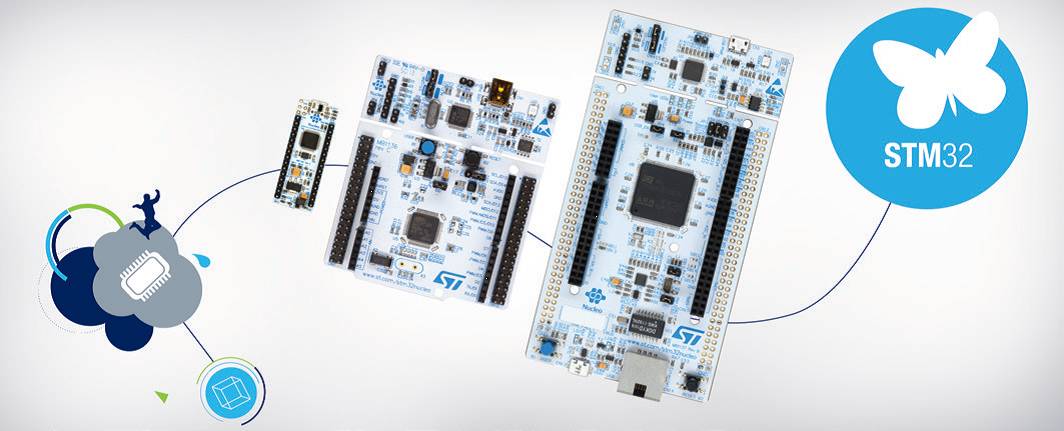
STMicroelectronics provides a rich and comprehensive STM32 development ecosystem, which greatly alleviates the development pressure on engineers and shortens the development cycle, allowing STM32 MCU developers to fully unleash their creativity.
Choosing STM32 means choosing a leading brand of microcontrollers based on the ARM® Cortex®-M core. Currently, STM32 has nine major series, divided into three categories: Mainstream Series, High-Performance Series, and Ultra-Low Power Series.
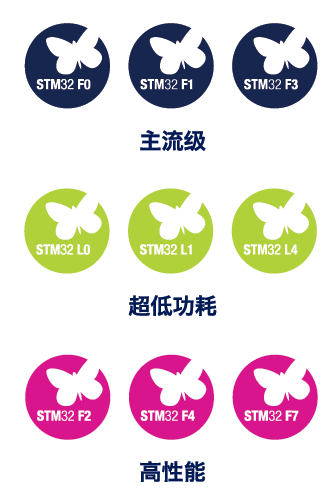
With ST’s rich and comprehensive open development platform, you can experience the immense power of the STM32 development ecosystem throughout your STM32 project development process. Here are:
1. A variety of cost-effective and scalable development tools;
2. Various IDEs suitable for different operating systems, some of which are available for free;
3. A variety of ready-to-use free embedded software libraries;
【Note: Click on the images in the text to enlarge them】
1. Introduction to Common Hardware Development Boards:

The various STM32 development learning boards mainly include NUCLEO development boards, NUCLEO expansion boards, STM32 DISCOVERY learning boards, STM32 full-featured evaluation boards, and some third-party development boards.
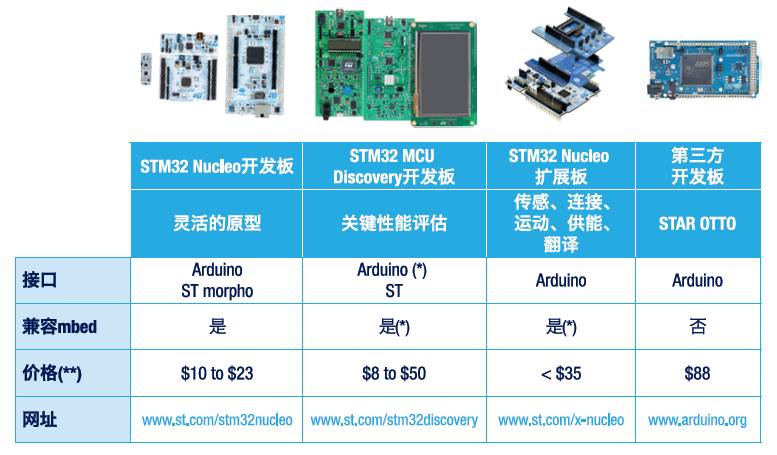
1.1 STM32 NUCLEO Development Board
The STM32 NUCLEO development board, or STM32 NUCLEO motherboard. ST has released numerous STM32 NUCLEO development boards for various STM32 models. For more details, please visit www.st.com/stm32nucleo.

1.2 STM32 NUCLEO Expansion Board
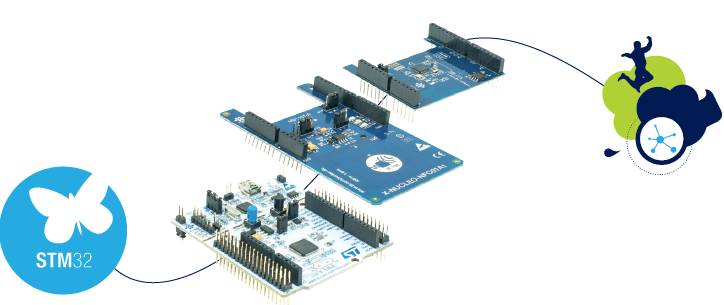
Below are several commonly used expansion boards; for more information, please visit: www.st.com/x-nucleo

2. Introduction to Basic Development Software Tools
2.1 STM32 CUBE MX— Graphical code configuration and generation tool.
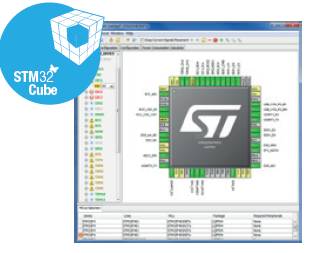
2.2 STM32 Cube Library【Firmware library based on various series of the STM32 family, and kept updated】
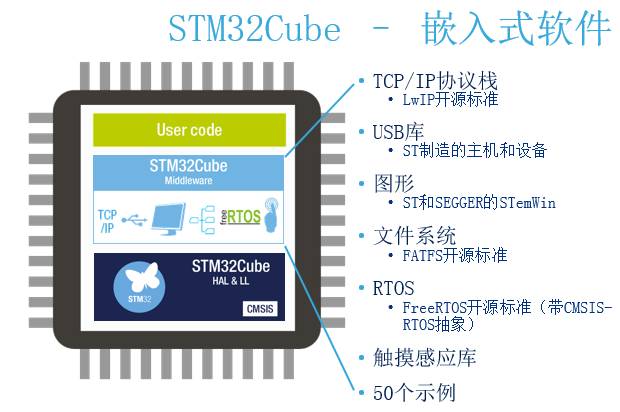
Each series of the STM32 CUBE library contains a large number of project examples based on different IDEs and applications. For example, the STM32CubeF4 library:
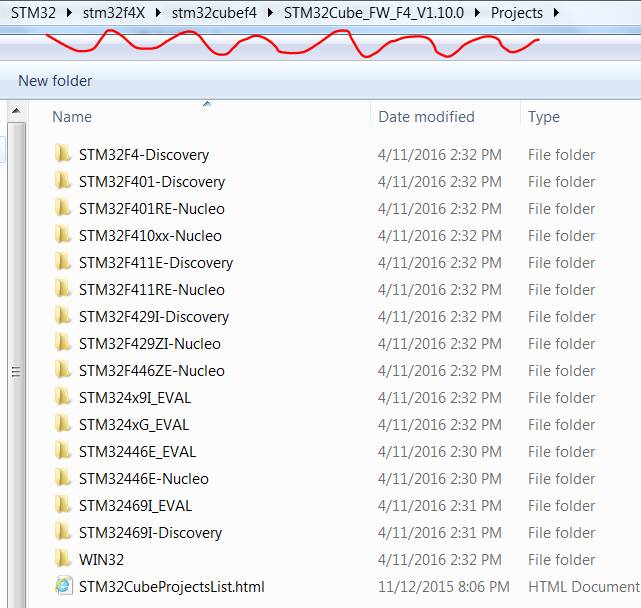
2.3 Various Development Environments
There are many IDEs that support STM32 development, such as: MDK-ARM, IAR Embedded Workbench, CoIDE, AC6, ARM Mbed, etc.

2.4 STM32 Software Development Three-Step Method
ST proposes a three-step method for STM32 development based on C language standards:
1. Use the STM32CubeMX graphical tool to configure the STM32 and generate initialization code based on user-selected configurations.
2. Use various integrated development environments (IDEs) such as IAR, Keil-MDK, AC6, Atollic, Coocox, Emprog, iSystem, Keolabs, Rowley, Segger, Tasking, etc., to start software development for the product, compiling and debugging.
3. Use the STMStudio software tool provided by ST to monitor the application program’s execution flow.

3. Other Related Supporting Materials
3.1 STM32 Official Information Sites
International site:www.st.com/stm32
Chinese site:www.stmcu.com.cn
3.2 STM32 Application Development Communication Community
www.stmcu.org
www.21ic.com/stmcu
WWW.ST.COM/e2e
3.3 STM32 Official WeChat QR Code
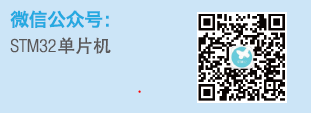
3.4 ST MCU Online Selection Tool www.st.com/stmcufinder
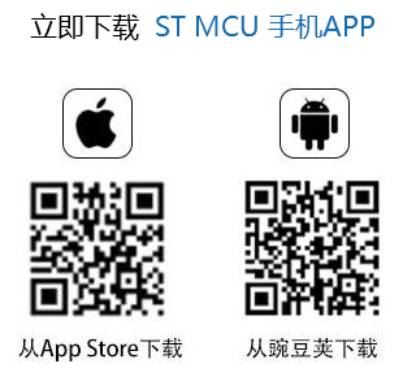
3.5 Common STM32 Software and Hardware Tools and Technical Information Sites
www.st.com/stm32evaltools
www.st.com/stm32discovery
www.st.com/stm32nucleo
www.st.com/stm32embeddedsoftware
www.st.com/stm32snippets
www.st.com/stm32-java
www.st.com/stm32cube
www.st.com/stmcufinder
www.st.com/stmstudio
www.st.com/x-nucleo
www.st.com/stm32safety
==============================
Previous topic links:
1. A topic about a hardFault exception caused by the VCAP pin
2. A topic related to I2C and USART clock in STM32F0 applications
3. A topic about the ADC pin of STM8S and other function multiplexing
4. A topic about the BOOT configuration of STM32F0
5. A topic related to STM32 FLASH programming applications
6. Basic materials and tools required for STM32 application development
 Scan or long press the QR code to follow the official account
Scan or long press the QR code to follow the official account